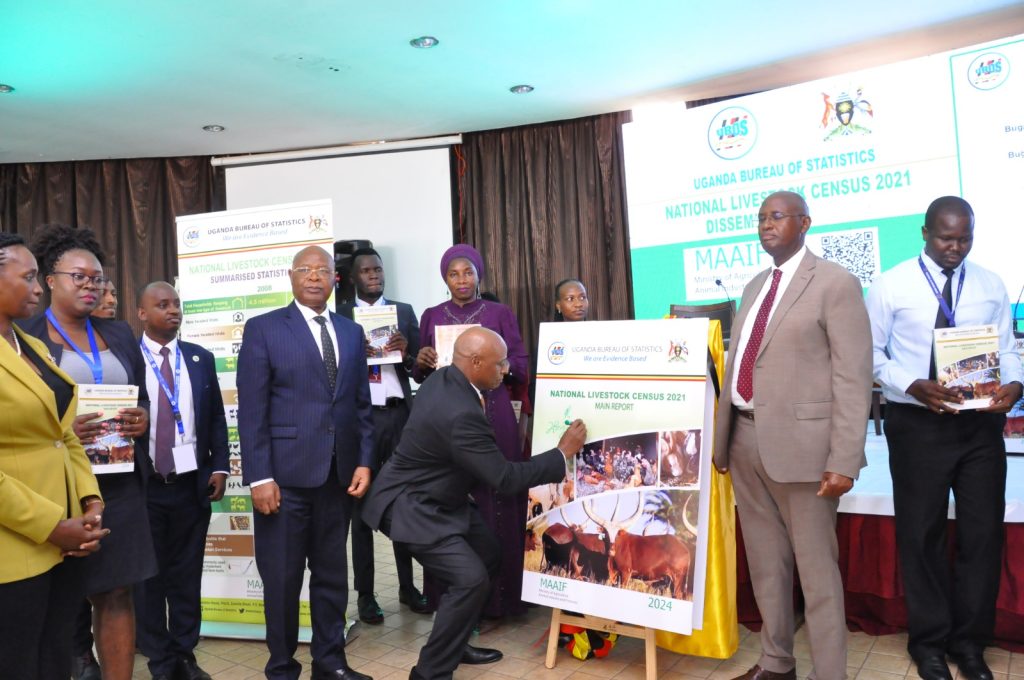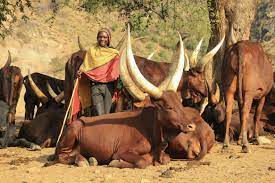
By George Bukenya
As Uganda National Bureau of Statistics (UBOS) launch the 2021 National Livestock Census (NLC) report, players in the Sub-sector decry government marginalization in terms of critical services.
Although six in every ten Livestock keeping households in Uganda had access to extension services as per the 2021 report, people from Karamoja and West Nile who attended the say revealed that they rarely get access to extension services.
According to the report finding, 56.5% of the livestock-keeping households had access to extension services in 2021 and of those, 72.2% were cattle keepers, pigs accounted for 64.6% and the least was those who practice apiculture at 26.6%.
The former MP for Terego and Arua Municipality Kassiano Wadri said that their region has been marginalised and explains why even the increased in Livestock hasn’t significant compared to other regions of the country.
“The regions were there more cattle combined like Lango, Acholi and Karamoja are the least beneficiaries of government extension services mostly use private veterinary workers.” Kassiano said.
He also says that there extension services in these regions are paid for even those from government extension workers yet people are experiencing abject poverty in such regions some can’t even afford to cater for their own health.
He further said, “There are huge quantity in such areas but the quality is still very poor partly because of the climatic conditions and also lack of government mitigation to avert such natural challenge.”

The 2012 NLC revealed a decline in the numbers of Youth-headed Livestock-keeping households from 28.7 percent to 20.2 percent of 18-30 years age bracket.
There are 6.8 million household in the country keeping at least one Livestock which is estimated to be about 72.8 % of the projected 9.3 million households the year 2021.
According to the report, of the 6.8 million households male constitute 4.5(69.5%) million and female 2.3 million (34.1%).
The access to veterinary extension services among livestock-keeping households in Uganda was estimated to be 56.6%, of this government accounts for less than 30% and the majority received such services from private veterinarians (71.5%).
The Census also revealed that the population of cattle increased from 11.4 million to 14.5 million indicating a 26.9% increment, of this the indigenous cattle constituted 77% and exotic/ cross breed 23%.
While that of pigs rose from only 3.2 million in 2008 to 7.1 million in 2021 indicating a 122.5% increment, the number of goat increased from 12.4 million to 17.4 million.
There was a five-fold increase in the rabbit population from a mere 373, 200 reported in 2008 to 2.2 million whereas chicken population rose from 37.4 in 2008 million to 57.8 million in 2021